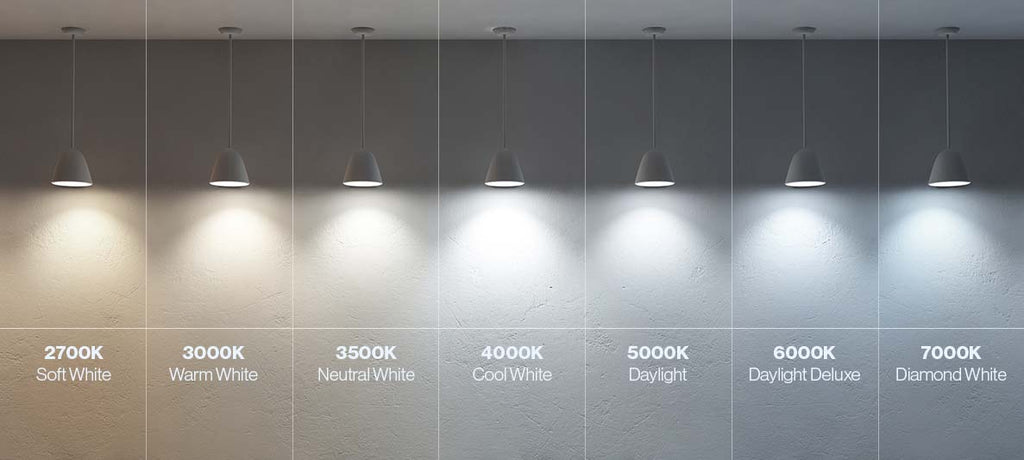How MicroLEDs Will Change the World (for the better)
I think we’re overdue for an LED revolution. For years, we’ve been promised the next big thing in display technology—OLED (Organic Light-Emitting Diode) was supposed to be it . Quantum dots, miniLEDs, curved screens… all impressive, all incremental. But one technology is finally shaping up to be the leap forward that we’ve been waiting for. It’s called MicroLED, and it’s not just another spec bump. It’s an industry disruptor.
What Are MicroLEDs, Exactly?
MicroLEDs are exactly what they sound like: microscopic light-emitting diodes. Each MicroLED is a self-emissive pixel, which means it generates its own light. Unlike traditional displays that rely on bulky backlighting or OLEDs that use organic materials, MicroLEDs are made from inorganic gallium nitride (GaN), which is way more stable and efficient.

The first prototypes were invented in 2000 by the research group of Hongxing Jiang and Jingyu Lin of Texas Tech University (TTU). Since then, these small but mighty LEDs have undergone updates to form and function to be better than anything else on the market.
Why MicroLEDs Are a Big Deal
Let’s get something out of the way: MicroLEDs are better than OLEDs. Full stop. OLEDs were a step in the right direction—they gave us true blacks, flexible displays, and thin panels—but they also came with serious compromises: burn-in, lower peak brightness, aging organic compounds, and inconsistent lifespans. MicroLEDs produce better visuals than OLEDs with none of the drawbacks.
Insane Brightness and Contrast
MicroLEDs can hit peak brightness levels that far outshine OLEDs— We’re talking thousands of nits (also known as “candles per square meter”). At the same time, because each pixel turns on and off independently, you still get the perfect blacks and infinite contrast that OLEDs are known for.
No Burn-In
OLED screens burn in. That means, if you leave a static logo or interface element on-screen too long, it gets etched into the display forever. This is especially bad for TVs, smartphones, and even monitors with UI elements that don’t move. MicroLEDs are immune to this problem. Because they use inorganic materials, they don’t degrade the same way, so you can leave them on all day without worry.

Longevity and Efficiency
MicroLEDs are incredibly efficient. They use less power than OLEDs, last longer, and don’t suffer from color decay over time. That makes them ideal for everything from high-end TVs to smartwatches to AR/VR headsets, where battery life and reliability are critical.
Modularity and Scalability
MicroLED panels are modular, so you can tile them together to create any screen size with no visible seams. That opens the door to custom-built screens for commercial signage, immersive gaming setups, cinema-grade home theaters, and beyond. It’s like IMAX x100. Imagine the screen you’re playing a game on or the movie you’re watching having the ability to wrap around your entire line of sight, including your peripherals, without breaks or choppiness.
Future-Proof Design
Because they can be manufactured onto flexible substrates, MicroLEDs also support foldable, rollable, even transparent displays. All the futuristic screen concepts you’ve seen floating around tech expos or even in sci-fi movies? MicroLEDs could make them actually possible. Apple is reportedly working on its own MicroLED displays for future Apple Watches with screens imbedded directly into the arm band and even foldable iPhones that don’t require separate screens.

So Why Don’t We Have Them Yet?
Great question. MicroLEDs have been “almost ready” for years. The problem isn’t performance—it’s manufacturing. Aligning and bonding millions (or even billions) of tiny LEDs precisely at scale is a complex, expensive process, but that’s changing. Companies like Samsung, and Apple are investing billions into MicroLED and slowly cracking the code. Samsung’s massive “The Wall” display is an early example of their innovation. Once MicroLED production becomes commercially viable, expect a rapid shift across multiple markets.
Lighting, Reinvented
MicroLEDs are also expected to revolutionize lighting, which I have to say, we at Sunco are pretty excited for. Imagine architectural lighting where entire walls emit soft, dimmable light. Or car interiors with glowing panels instead of bulbs. Or wearable devices with flexible, adaptive lighting woven right into fabric. Because MicroLEDs are so small and controllable, they can be tuned in real-time—brightness, color temperature, even directional beam control. That means better efficiency, less light pollution, and highly personalized environments.

A Global Impact
MicroLEDs are expected to be a serious improvement in tech, with capabilities that reach far beyond better phone screens. Their precision and flexibility make them ideal for the next generation of devices, including wearables and AR hardware, where every bit of performance counts. This can revolutionize industries on a global scale and have the potential to be immensely impactful. Engineers are finding ways to apply them in healthcare tools that could have lifesaving ripple effects like state-of-the-art imaging of Xray and brain scans. Imagine a scan of your brain that is so precise down to the smallest spec. MicroLEDs are already being used in integrated skin sensor systems that can read body temperature, heart rate, blood pressure, and more directly displayed on your skin. This technology is still developing, but the momentum is real, and the impact could be far-reaching.
TL;DR: MicroLEDs Are the Endgame
We’re not talking about marginal improvement here. We’re talking about a new standard. If OLED was the flashy middle step, MicroLED is the destination. It combines the best of all worlds: brightness, contrast, longevity, efficiency, modularity, and flexibility with none of the major downsides. Once manufacturing catches up (and it will), there’s no reason to keep using inferior tech. MicroLEDs will change the world. Brighter. Sharper. Smarter. And it all starts with a pixel the size of a grain of sand.



Thanks